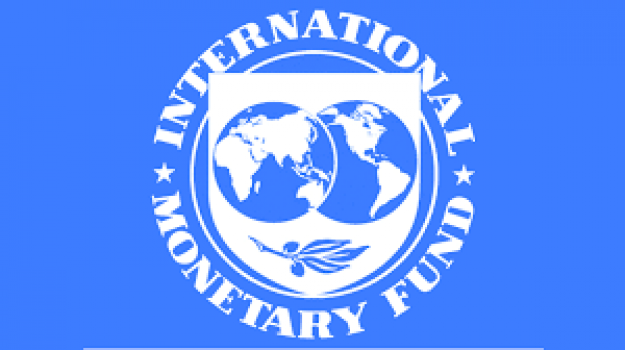IMF Projects 2.5% Growth for Nigeria’s Economy


The International Monetary Fund (IMF) on Monday projected that Nigeria’s real Gross Domestic Product will grow by 2.5 per cent in 2020 and 2021.
The projection was contained in its January World Economic Outlook (WEO) titled, “Tentative Stabilization, Sluggish Recovery.
In its Regional Economic Outlook in October, the IMF had projected that Nigeria will grow 2.3 per cent in 2019 and 2.5 per cent in 2020.
It said the growth in the Nigerian economy is expected to pick up to 2.3 per cent in 2019, based on a continuing recovery in the oil sector and the regaining of momentum in agriculture, following a good harvest.
It also predicted that inflation is expected to rise in 2020 in the wake of the expected increase in the minimum wage and a higher VAT rate, regardless of the Central Bank’s effort to sustain a tight monetary policy.
The Fund also downgraded its forecast for Sub-Saharan Africa to 3.5 per cent for the two years, citing structural constraints and deteriorating public finances in South Africa.
“In sub-Saharan Africa, growth is expected to strengthen to 3.5 per cent in 2020–21 (from 3.3 percent in 2019). The projection is 0.1 percentage point lower than in the October WEO for 2020 and 0.2 percentage point weaker for 2021.
“This reflects downward revisions for South Africa (where structural constraints and deteriorating public finances are holding back business confidence and private investment) and for Ethiopia (where public sector consolidation, needed to contain debt vulnerabilities, is expected to weigh on growth),” the organization said.
Also in the WEO report, the Fund modified its forecast for 2020 global growth, compared to its predictions in October 2019.
“Global growth, estimated at 2.9 percent in 2019, is projected to increase to 3.3 percent in 2020 and inch up further to 3.4 percent in 2021.
“Compared to the October WEO forecast, the estimate for 2019 and the projection for 2020 represent 0.1 percentage point reductions for each year while that for 2021 is 0.2 percentage point lower. A more subdued growth forecast for India) accounts for the lion’s share of the downward revisions”.
The fund noted, as part of its downside risks, that global oil supply could be disrupted due to the rising geopolitical tensions, notably between the United States and Iran.







